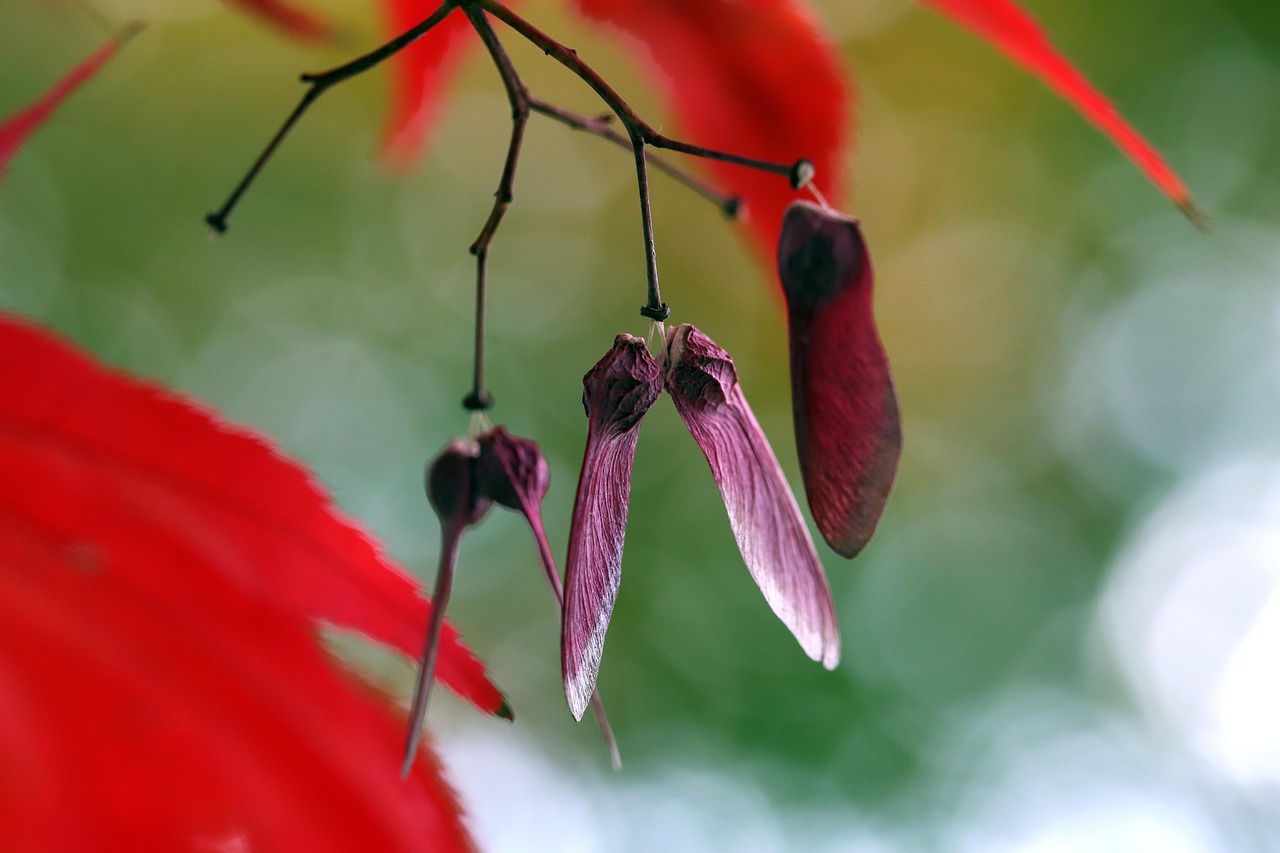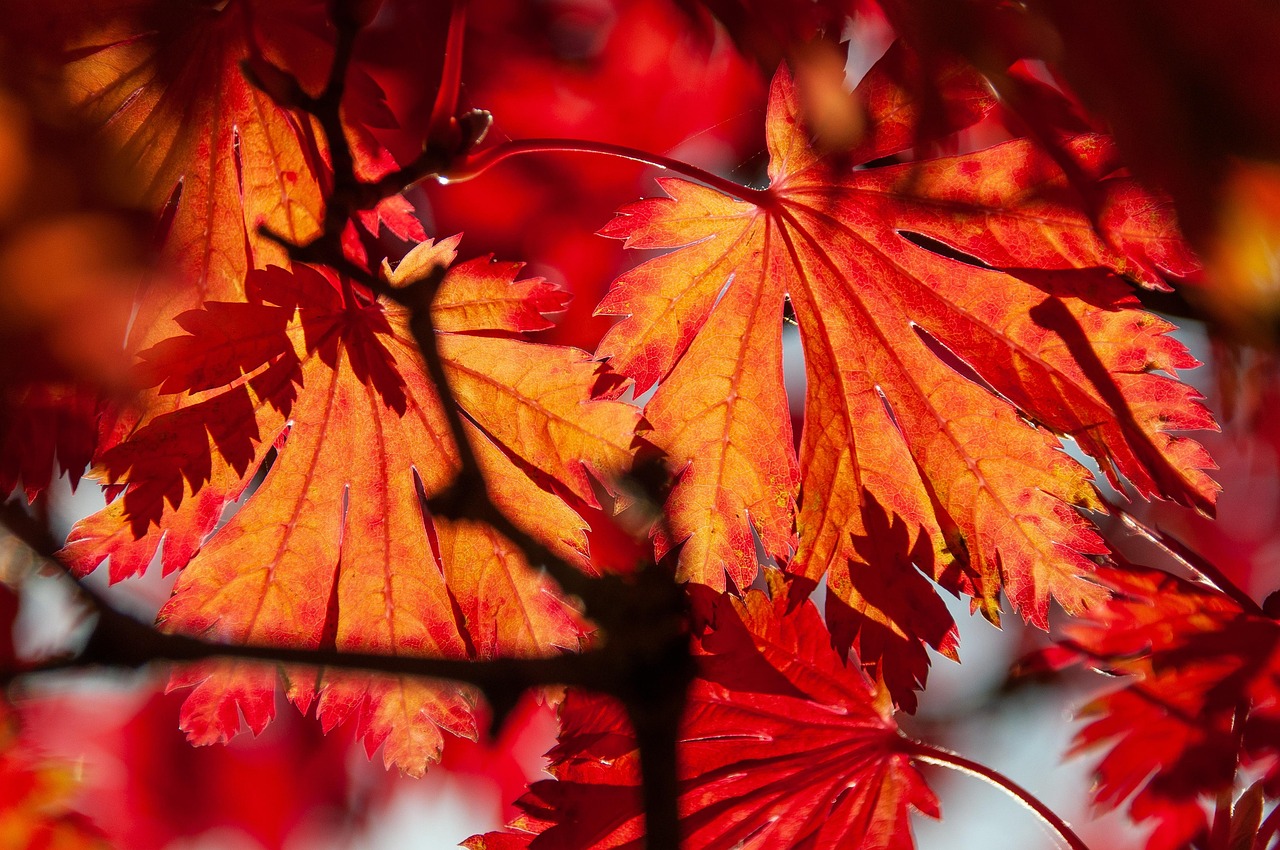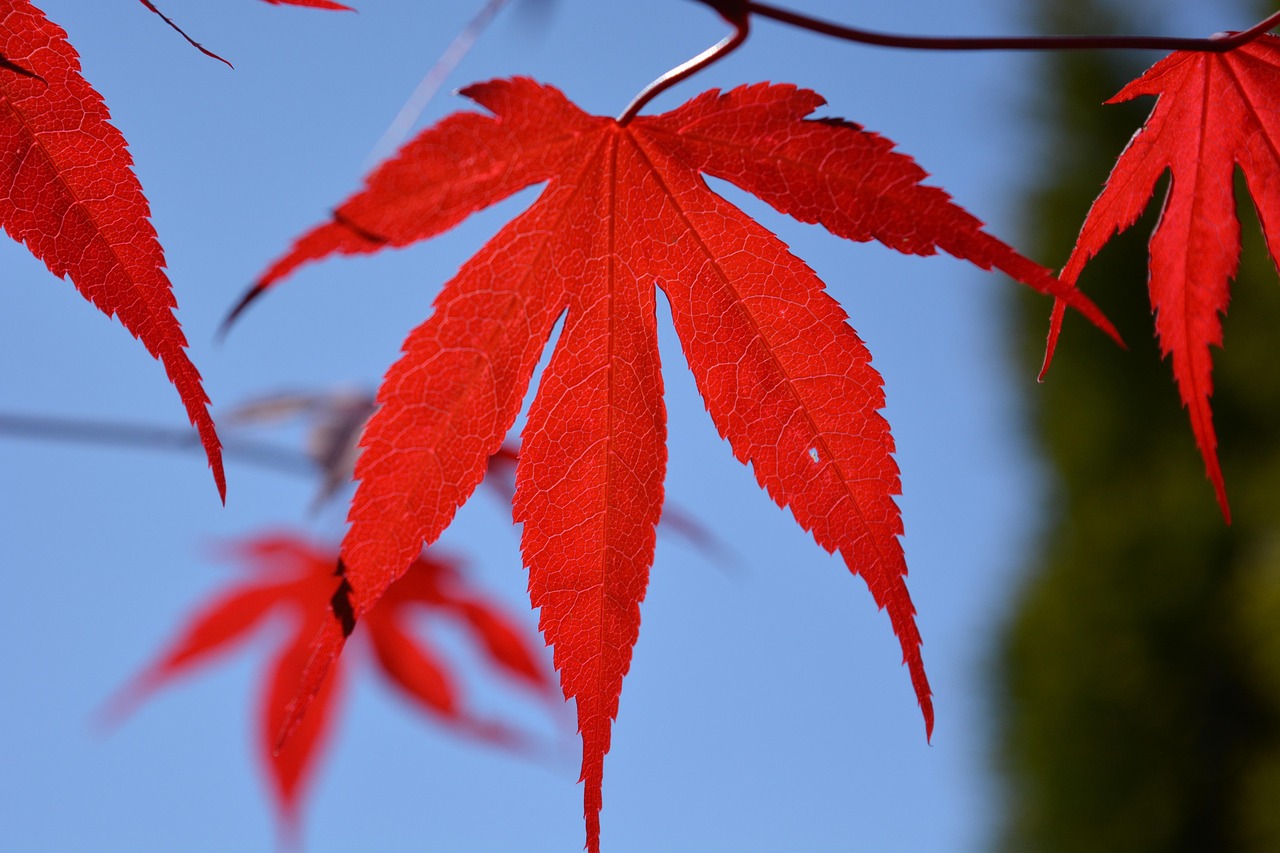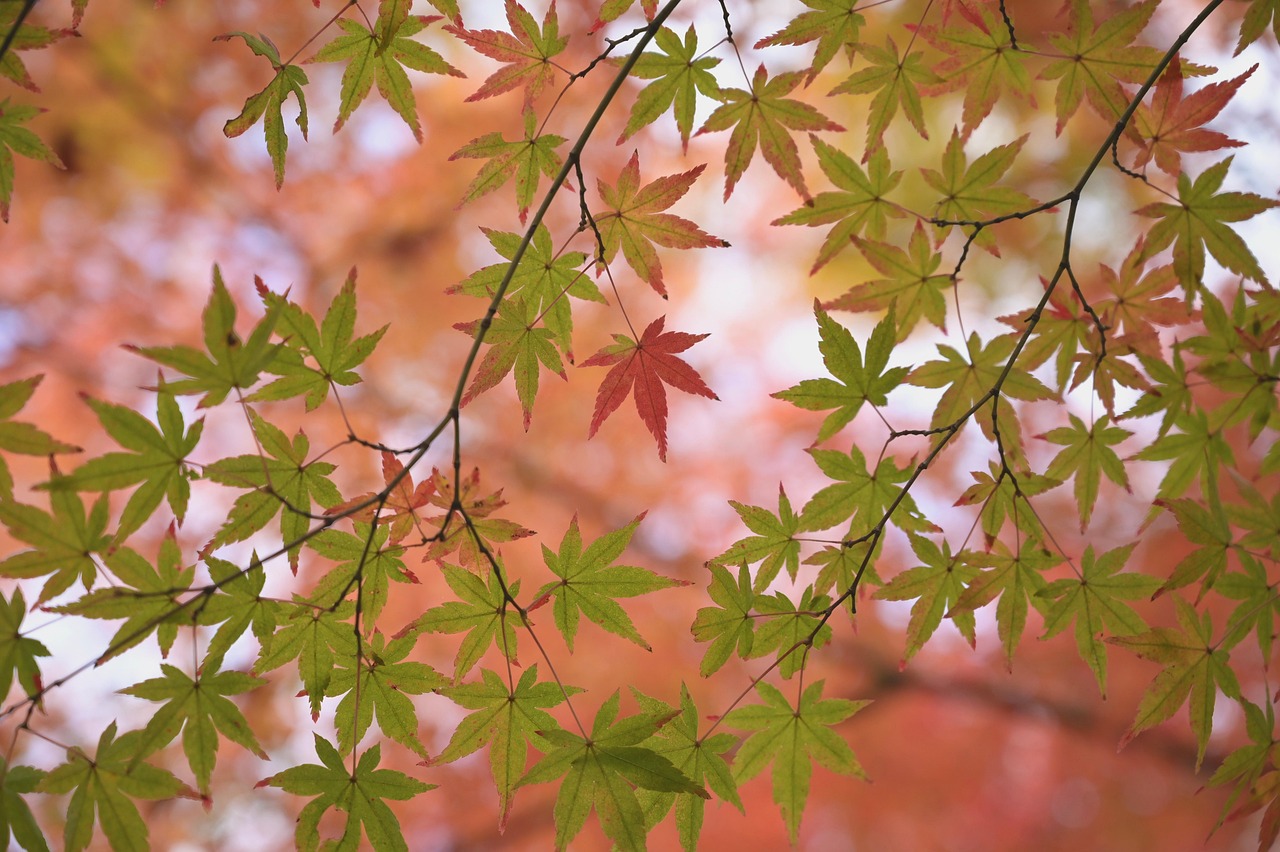Pruning young maple trees is essential for shaping their structure and promoting healthy growth. Proper pruning techniques can enhance sunlight penetration, improve air circulation, and reduce the likelihood of disease, ultimately leading to a stronger and more resilient tree.
Maple trees are popular choices for landscaping due to their vibrant fall colors and manageable size in many varieties. When young, these trees require careful attention to pruning practices. This early intervention helps establish a strong framework that supports future growth and longevity. Understanding the basics of pruning can significantly impact the overall health and aesthetics of your maple tree.

In this section, we will explore the importance of pruning young maple trees, the best practices for doing so, and the ideal times for pruning. By following these guidelines, you can ensure that your maple trees thrive for years to come.
Importance of Pruning Young Maple Trees
Pruning is more than just cutting off branches; it is a vital practice that influences the tree’s structure and health. Below are some key reasons why pruning young maple trees is important:
- Encourages Strong Structure: Pruning helps to develop a strong central leader and well-spaced branches, which are essential for stability.
- Enhances Air Circulation: Removing crowded branches allows better air flow, reducing the risk of fungal diseases.
- Improves Sunlight Exposure: Pruning ensures that all parts of the tree receive adequate sunlight, promoting uniform growth.
- Reduces Pests and Diseases: By removing dead or diseased branches, you can prevent infestations that could harm the tree.
- Shapes Aesthetics: A well-pruned tree not only looks better but also contributes positively to your landscape design.
Best Practices for Pruning Young Maple Trees
To achieve the best results when pruning young maple trees, consider these best practices:

- Use the Right Tools: Sharp and clean pruning shears or saws are crucial for making clean cuts.
- Make Cuts at the Right Angle: Cuts should be made at a slight angle to promote healing and prevent water accumulation.
- Avoid Over-Pruning: Limit pruning to no more than 25% of the tree’s canopy in a single year to minimize stress.
- Focus on Structural Branches: Prioritize pruning branches that cross or rub against each other.
- Leave Enough Foliage: Ensure that enough leaves remain for photosynthesis, which is vital for the tree’s growth.
Ideal Times for Pruning Maple Trees
The timing of your pruning efforts can greatly affect the tree’s health and growth. The best time to prune young maple trees is during late winter to early spring, just before new growth begins. This period allows for easier visibility of the tree structure and minimizes sap loss. However, if significant corrective pruning is necessary, it can be done during the summer months when trees are actively growing.
The following table summarizes the ideal times for pruning different types of maple trees:
| Type of Maple | Best Pruning Time | Notes |
|---|---|---|
| Sugar Maple | Late Winter to Early Spring | Avoid late-summer pruning due to sap flow. |
| Red Maple | Late Winter to Early Spring | Can handle more aggressive pruning if needed. |
| Silver Maple | Late Winter | Sap may flow heavily if pruned in spring. |
| Acer Palmatum (Japanese Maple) | Late Winter to Early Spring | Prune lightly to maintain shape. |
By adhering to these guidelines, you will be well on your way to ensuring that your young maple trees grow strong and healthy. Each cut you make plays a role in shaping the future of your tree, helping it thrive in your landscape for generations. Remember that regular monitoring and maintenance are key components in the successful care of your trees as they mature.

Common Mistakes in Pruning Young Maple Trees
While pruning is essential for the health of young maple trees, many gardeners make common mistakes that can hinder growth and lead to structural issues. Recognizing these errors can help ensure more effective pruning practices. Here are some of the most frequent mistakes:
- Pruning at the Wrong Time: Many individuals prune during late spring or early summer, which can lead to excessive sap loss and stress on the tree.
- Over-Pruning: Removing too many branches can shock the tree and stunt its growth. It’s crucial to maintain a balance.
- Neglecting to Clean Tools: Using dirty tools can introduce pathogens and diseases to the tree. Always sterilize pruning equipment before use.
- Ignoring Branch Angles: Cutting branches without considering their angles can lead to weak growth. Aim for a 45-degree angle for optimal health.
- Failing to Assess Tree Health: Pruning a tree that is already stressed or unhealthy can exacerbate its condition. Always evaluate the tree before making cuts.
Tools Required for Pruning Young Maple Trees
Having the right tools is vital for successful pruning. The following tools are recommended for effectively pruning young maple trees:
- Hand Pruners: Ideal for small branches up to ¾ inch thick, hand pruners are easy to use and maneuver.
- Loppers: For thicker branches (up to 2 inches), loppers provide greater leverage and cutting power.
- Pruning Saw: A small pruning saw is useful for larger branches that are too thick for loppers.
- Hedge Shears: These are beneficial for shaping and trimming smaller branches and foliage.
- Safety Gear: Always wear gloves, goggles, and appropriate clothing to protect yourself during pruning.
Pruning Techniques for Young Maple Trees
Different pruning techniques can be applied depending on the specific goal of your pruning efforts. Here are some effective techniques to consider when working with young maple trees:

Crown Cleaning
This technique involves removing dead, damaged, or diseased branches. It promotes healthy growth by allowing the tree to focus its energy on healthy parts. Regular crown cleaning is essential for maintaining a healthy structure.
Crown Thinning
Crown thinning entails selectively removing branches to improve light penetration and air circulation within the canopy. This technique helps prevent disease while allowing sunlight to reach lower branches.
Crown Raising
This technique focuses on removing lower branches to create a clear trunk space. It enhances visibility and access around the tree, making it easier to maintain. Crown raising is often beneficial in landscape settings where space is a concern.
Crown Reduction
Crown reduction reduces the overall size of the canopy while maintaining the tree’s natural shape. This technique is particularly useful for managing the height of young maple trees in smaller spaces.
Signs That Your Maple Tree Needs Pruning
Recognizing when your young maple tree needs pruning can prevent future problems. Here are some signs to watch for:
- Overcrowded Canopy: If branches are densely packed or crossing, it may indicate a need for pruning.
- Dead or Dying Branches: Branches that show signs of dieback or decay should be removed promptly.
- Pest Infestations: If pests are present, especially on specific branches, targeted pruning may be necessary.
- Weak Structure: If the tree appears lopsided or has multiple competing leaders, corrective pruning may be required.
Aftercare Following Pruning
The work does not end once you finish pruning your young maple trees. Proper aftercare is essential for ensuring that they recover well and continue to thrive. Here are some aftercare practices to follow:
- Watering: Ensure the tree receives adequate water, especially during dry spells. Newly pruned trees may require extra hydration.
- Mulching: Applying a layer of mulch around the base helps retain moisture and suppress weeds while also providing nutrients over time.
- Monitoring Growth: Keep an eye on the tree’s response to pruning. Look for signs of new growth and overall health.
- Pest Control: Watch for any new pest activity and address any infestations promptly to protect your tree’s health.
Investing time and effort into proper pruning techniques and aftercare can make a significant difference in the longevity and resilience of young maple trees. By avoiding common mistakes and employing effective strategies, you can cultivate healthy trees that enhance your landscape for years to come.
Environmental Factors Affecting Young Maple Trees
Understanding the environmental factors that impact young maple trees is crucial for successful pruning and overall care. Maple trees thrive in specific conditions, and variations in their environment can significantly affect their growth and health. Below are some key environmental aspects to consider:
Soil Quality
The quality of the soil directly influences the health of your maple trees. Well-drained, loamy soil is ideal for young maples. Here are important characteristics of soil to evaluate:
- Drainage: Maple trees do not tolerate standing water. Ensure that the soil has good drainage to prevent root rot.
- pH Level: The ideal soil pH for maple trees is between 6.0 and 7.5. Conduct a soil test to determine pH levels and amend as necessary.
- Nutrient Content: Soil rich in organic matter provides essential nutrients. Consider adding compost to improve soil fertility.
Light Requirements
Maple trees prefer full sun to partial shade. The amount of sunlight they receive can affect their growth patterns:
- Full Sun: Ideally, young maples should receive at least six hours of direct sunlight daily for optimal growth.
- Partial Shade: While some shade is acceptable, too much can lead to weak, leggy growth as the tree stretches toward the light.
Temperature and Climate
Maple trees are sensitive to temperature fluctuations. They thrive in moderate climates with distinct seasons. Here are points to consider regarding temperature:
- Cold Hardiness: Different maple species have varying cold hardiness zones. Ensure you choose a variety suited for your climate.
- Heat Stress: Excessive heat can cause stress, particularly if the tree is not adequately watered. Monitor temperature changes and adjust care accordingly.
Identifying and Managing Common Pests and Diseases
Young maple trees are susceptible to various pests and diseases that can hinder their growth. Being able to identify these threats early is important for maintaining tree health. Below are some common pests and diseases to be aware of:
Pests
Several pests can affect young maple trees, including:
- Aphids: These small insects suck sap from leaves, leading to wilting and yellowing. Control them with insecticidal soap or neem oil.
- Scale Insects: Scale can appear as small bumps on branches and leaves, draining nutrients from the tree. Horticultural oil can help manage these pests.
- Spider Mites: These tiny pests thrive in dry conditions, causing leaf discoloration. Regular watering can help prevent infestations.
Diseases
Maple trees can also suffer from various diseases, such as:
- Verticillium Wilt: A fungal disease that causes leaves to wilt and die. There is no cure; affected trees should be removed to prevent spread.
- Maple Anthracnose: This fungal disease causes dark spots on leaves, leading to early leaf drop. Proper pruning for air circulation can help minimize risk.
- Bacterial Leaf Scorch: Caused by a bacterial infection, it leads to browning leaf edges. Regularly monitoring tree health is essential for early detection.
Caring for Young Maple Trees During Extreme Weather
Extreme weather conditions can pose risks to young maple trees. Taking proactive measures during such times can help mitigate potential damage.
Protection from Heavy Snow and Ice
Heavy snow or ice accumulation can weigh down branches, leading to breakage. Here are some strategies to protect your trees:
- Remove Excess Snow: Gently brush off snow accumulation from branches using a broom.
- Avoid Salt Exposure: Limit exposure to road salt during winter, as it can damage roots and foliage.
Shielding from Strong Winds
Strong winds can cause young trees to topple or suffer branch loss. To reduce wind damage:
- Staking Young Trees: Use stakes for support in windy areas until the tree establishes a strong root system.
- Create Windbreaks: Planting shrubs or installing fences can help shield young maples from harsh winds.
The Role of Fertilization in Growth
Adequate fertilization plays an important role in the growth of young maple trees. While fertilizing is not always necessary, it can provide essential nutrients when required. Here are key considerations for fertilizing:
- Nitrogen Needs: Young maples benefit from nitrogen-rich fertilizers, which promote healthy leaf growth.
- Timing of Application: The best time to fertilize is in early spring just before new growth begins.
- Organic Options: Consider using organic fertilizers, such as compost or well-rotted manure, which improve soil quality while providing nutrients.
Caring for young maple trees involves understanding their environmental needs, recognizing pests and diseases, managing extreme weather impacts, and ensuring proper fertilization practices. By considering these factors, you can foster a healthy environment for your maple trees to thrive in the years ahead.
Long-Term Maintenance for Young Maple Trees
Establishing young maple trees is just the beginning. Long-term maintenance is essential to ensure that they grow into healthy, robust specimens. Regular care and monitoring can help avoid potential issues and promote strong structural growth. Here are some key aspects of long-term maintenance:
Annual Pruning Schedule
Setting up an annual pruning schedule can help maintain the health of your maple trees. Regularly scheduled assessments allow you to:
- Evaluate Growth: Check for any changes in the structure of the tree, including new growth patterns.
- Address Issues Early: Identify any signs of pests or diseases before they become severe.
- Adjust Pruning Techniques: Modify your pruning approach based on the age and health of the tree.
Seasonal Care Tasks
In addition to annual pruning, consider implementing seasonal care tasks to support the growth of your maple trees:
- Spring: Inspect branches for damage and prune as necessary. Fertilize if the soil test indicates a need for nutrients.
- Summer: Monitor for pests and diseases. Water regularly during hot spells to prevent stress.
- Fall: Clean fallen leaves around the base to prevent fungal diseases. Mulch if necessary to insulate roots during winter.
- Winter: Protect young trees from extreme cold and heavy snow by covering the base with mulch and removing snow from branches.
Landscape Integration of Maple Trees
Integrating young maple trees into your landscape can enhance both beauty and functionality. They can serve various purposes, including providing shade, reducing noise, and acting as windbreaks. Consider the following when incorporating them into your landscape:
Design Considerations
When planning your landscape, take into account the following aspects:
- Spacing: Ensure adequate space between trees and other plants to promote healthy growth and air circulation.
- Sunlight Needs: Position maple trees where they will receive ample sunlight while avoiding shading other plants.
- Aesthetic Appeal: Consider the visual impact of maple trees in your garden design, especially during fall when their foliage transforms into vibrant colors.
Companion Planting
Selecting appropriate companion plants can enhance the health and appearance of your maple trees. Some beneficial companions include:
- Ground Covers: Plants like creeping thyme or ajuga can help suppress weeds and retain moisture around the base of the tree.
- Flowering Plants: Consider perennials that bloom in spring or summer, providing a beautiful contrast to the maple’s foliage.
- Nitrogen-Fixing Plants: Incorporating legumes can naturally improve soil quality while benefiting surrounding plants.
Educational Resources for Maple Tree Care
Staying informed about best practices for maple tree care can significantly improve your success rate. There are numerous resources available for gardeners and tree caretakers:
- Local Extension Services: Many universities offer extension programs that provide research-based information on tree care tailored to your region.
- Online Forums and Communities: Engage with fellow gardeners in online communities to share experiences and gain insight into specific challenges.
- Books and Publications: Numerous books focus on tree care, offering in-depth information on various species, including maples.
Conclusion
Caring for young maple trees involves a combination of proper pruning, attentive maintenance, and understanding environmental factors. By establishing a solid foundation through early pruning techniques, regular monitoring, and seasonal care tasks, you can nurture healthy maple trees that will thrive for years to come. Additionally, integrating them thoughtfully into your landscape can enhance both beauty and functionality. As you embark on this journey, remember that ongoing education and awareness are key components in fostering resilient trees that contribute positively to your environment.
Your investment in time and care will pay dividends as your young maple trees grow into magnificent specimens, providing shade, beauty, and joy for generations to come.
